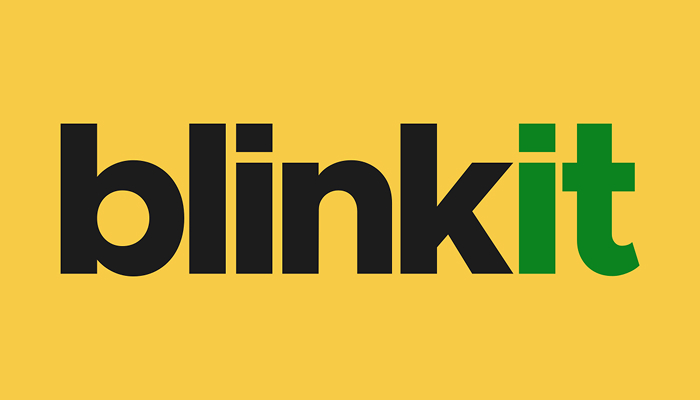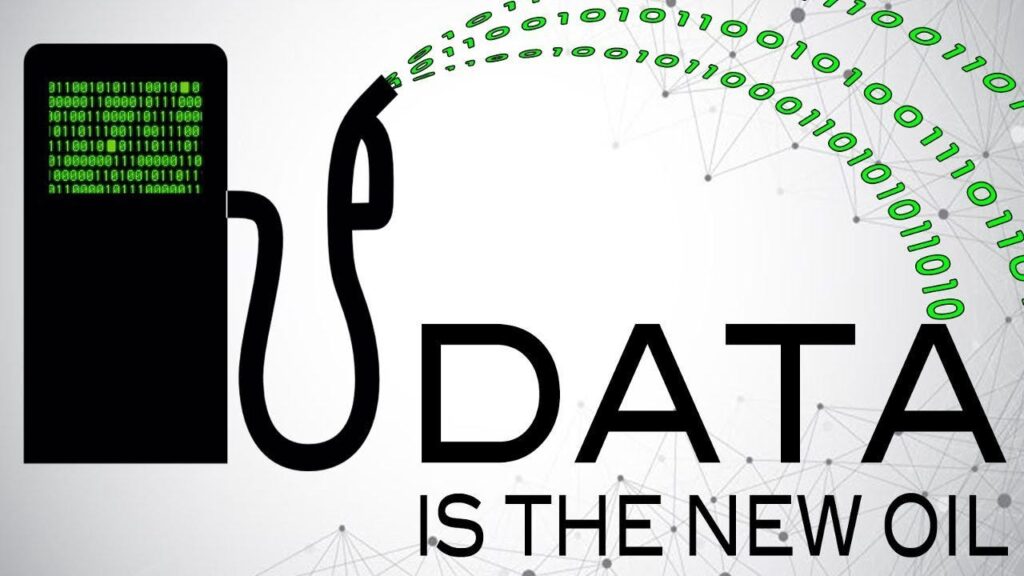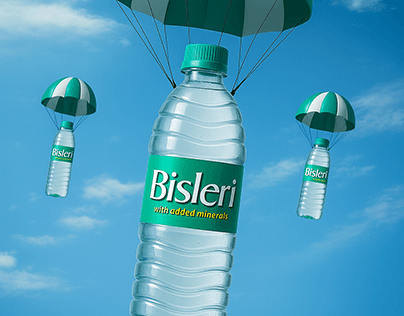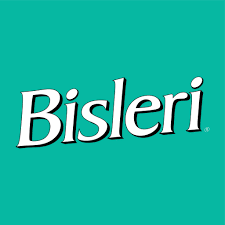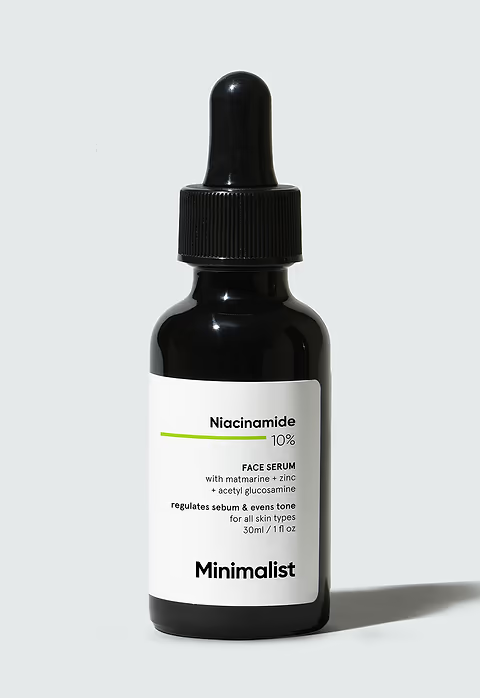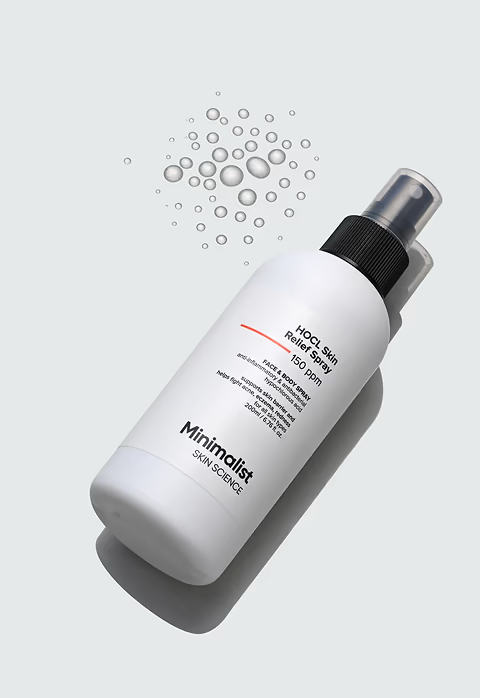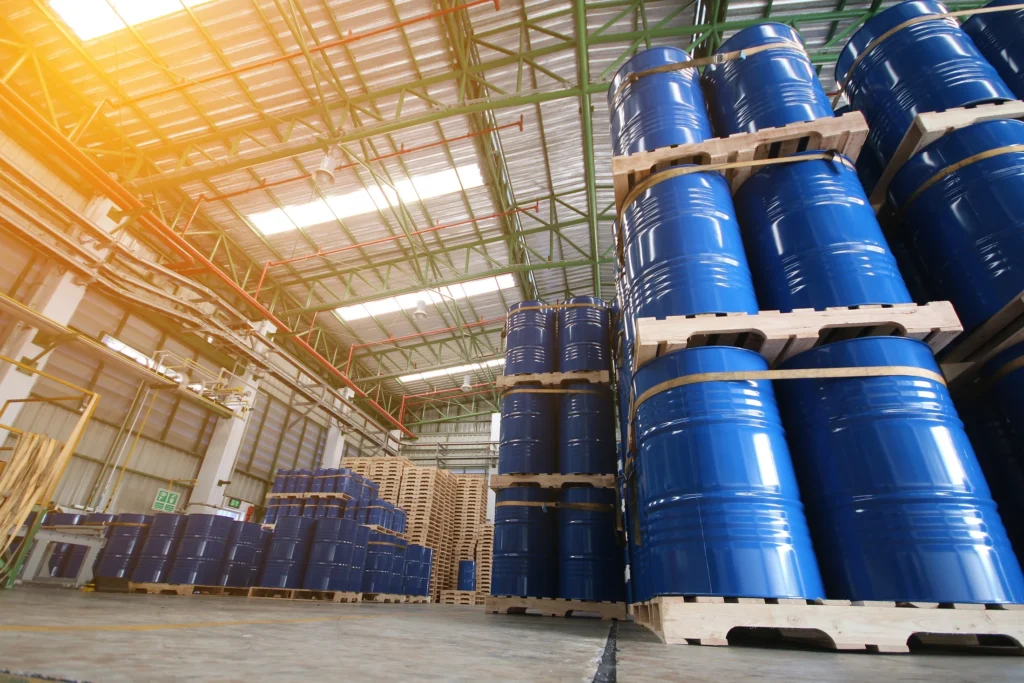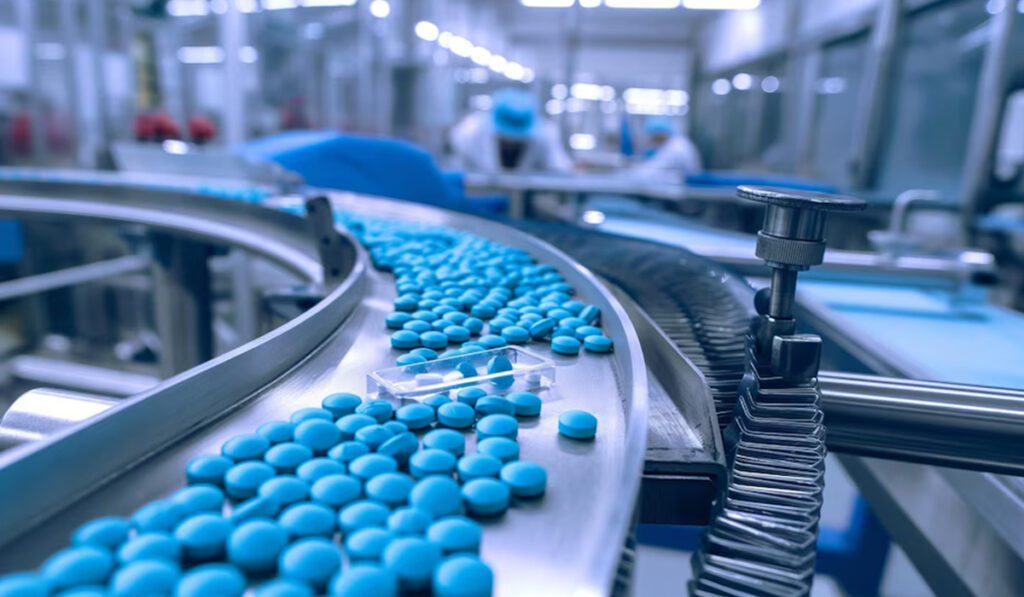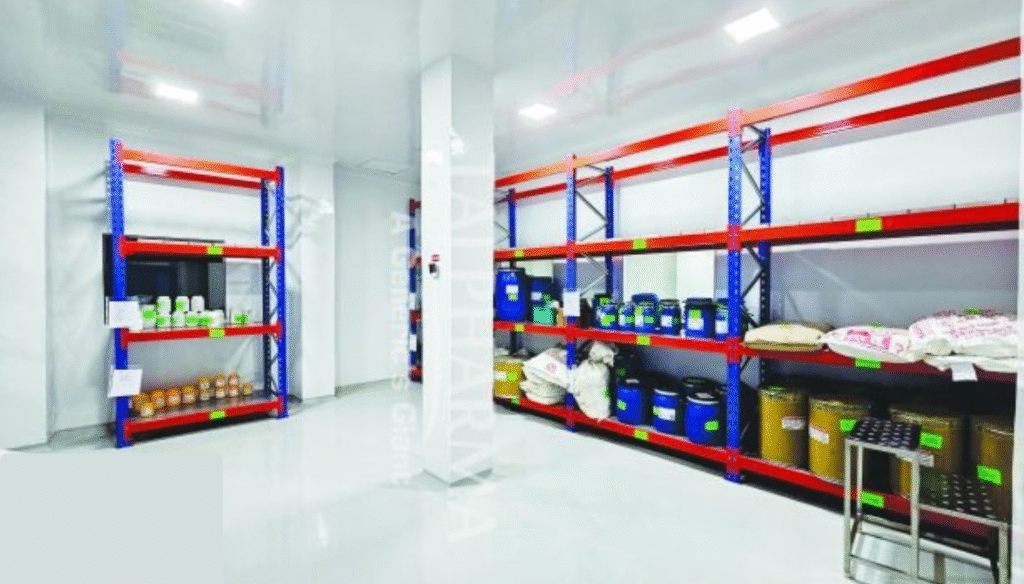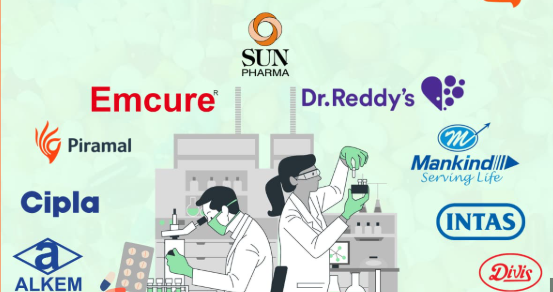The coal delivery business is a profitable niche in regions where coal is still widely used for industrial, agricultural, and domestic purposes. Whether supplying to factories, brick kilns, or rural households, this business has consistent demand. Here’s a comprehensive guide to help you start your own coal delivery business in India or elsewhere.
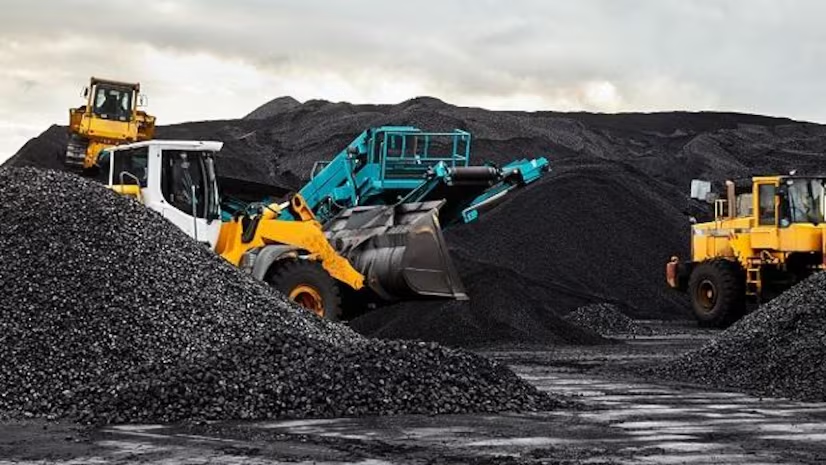
1. Understand the Coal Market
Before starting, it’s important to understand:
- Who uses coal: Industries (like steel, cement, brick kilns), thermal power plants, and rural households.
- Types of coal: Bituminous, lignite, anthracite, etc.
- Source of supply: Mines, government auctions (Coal India Ltd), or importers.
2. Create a Business Plan
A good business plan should include:
- Target market (industries, homes, hotels, etc.)
- Initial investment estimate
- Logistics & delivery plan
- Profit margin and ROI estimates
- Licensing & compliance needs
3. Register Your Business
Apply for:
- GST Registration
- Trade License
- Pollution NOC (if needed)
- Transport license (for trucks)
4. Source Reliable Coal Suppliers
You can source coal from:
- Coal India subsidiaries
- Local mines (if permitted)
- Authorized coal importers
- Auction platforms
Build strong relationships to ensure uninterrupted supply and good rates.
5. Set Up Logistics for Delivery
You’ll need:
- 1 to 3 trucks (depending on size)
- Loading & weighing equipment
- Trained drivers & loaders
Tip: Start with rented trucks to reduce initial cost.
6. Investment Required
Here’s a rough estimate (in INR):
| Item | Cost (Approx) |
|---|---|
| Business Registration | ₹10,000 – ₹30,000 |
| Working Capital for Coal | ₹2 – 5 Lakhs |
| Transport (1 Truck or Rental) | ₹5 – 10 Lakhs |
| Labor & Staff Setup | ₹1 – 2 Lakhs |
| Misc. (License, Marketing) | ₹50,000+ |
| Total | ₹8 – 18 Lakhs |
7. Expected ROI & Monthly Income
| Metrics | Estimate Range |
|---|---|
| Monthly Revenue | ₹2 – 10 Lakhs |
| Monthly Profit Margin | 15% – 25% |
| Break-even Period | 6 – 12 months |
| Net Monthly Income (avg) | ₹40,000 – ₹2 Lakhs |
Profit depends on bulk deals, delivery radius, and overhead control.
8. Market Your Business
- Create a website with order enquiry form
- Google Business listing
- Partner with local factories, shops, and hotels
- WhatsApp and SMS promotions for rural customers
- Offer timely delivery and credit-based billing to build trust
9. Stay Compliant
- File GST regularly
- Maintain coal transport & sale records
- Adhere to state mining and pollution norms
- Renew transport permits and pollution NOC
Conclusion :
Starting a coal delivery business can be a steady source of income if you manage sourcing, delivery, and compliance well. With proper planning and consistency, you can grow from a local supplier to a regional distributor.
DISCLAIMER: This Blog is for informational purposes only and should not be construed as investment advice. Please invest based on your risk profile


